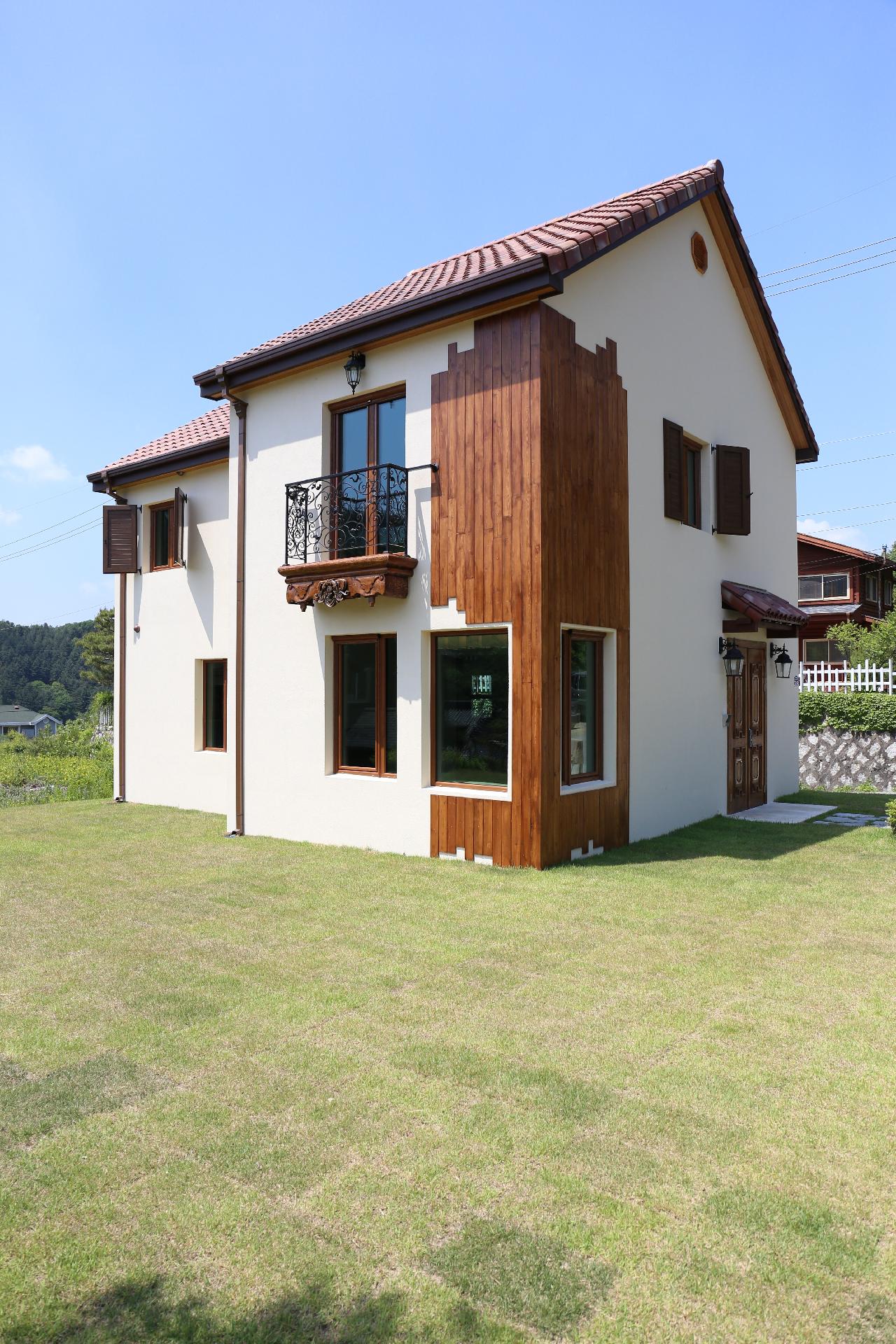Choosing a house can be a daunting task, especially if you want it to be yours forever home. Even when you have a sketchy image of what you want, lots of things need to be taken into consideration. For example, you like modern house design, but would it be suitable for kids? How does it affect your electrical bills? How to find the best location?
Modern house plans place a great emphasis on efficiency. In the era when energy is scarce, you can say modern house design is your best bet. However, you don’t always have to go with the developer blueprints. You can consider your own needs and preferences, and incorporate them into the plan. Here are several things you may need to consider before taking your final decision.
1. Which comes first, the location or the type of the house?
Most people think that location is the first consideration when choosing your home. It is true for several reasons, especially if you plan to buy an already existing house. However, if you want to build a house that functionally suits your needs, it is safer to decide the type of the house first and looking for the site later.
The reason is, when you set your mind on a certain location, the design should adapt to the site. Either you need to fit the design in accordance with the rules in the area, or to fit the size into the available land-site.
2. What size of the house that will be suitable for your family?
Not everyone needs a spacious house, and not every family can be accommodated in a two-bedroom house. Assess carefully what you and your family need. How often you will have guests and whether the additional bedroom is needed. The bathroom doesn’t have to be included in each room, but make sure the number can accommodate the needs when you have visiting guests.
3. Open floor plan or compartmentalized?
Modern house plans seek a balance between space and house size. To minimize transitional spaces, it usually comes in open floor style, where there is no wall between rooms. The design maximizes air flow and creates a spacious common room. However, if you have a home office, it could be hard to concentrate while your family members are watching TV in the living room. In this case, it might be wiser to compartmentalize some area.
4. Consider the climate when planning an energy-efficient structure
Modern house plans also take special consideration for natural light levels. It often comes with large windows in multiple places where the wall should be. The flow of sunlight can reduce energy costs by allowing fewer electrical lights in the day. However, take into account the temperature adjustment. Large window affects heat gain and loss. If you live in a harsh sun exposure area, there could be a constant need for the air conditioner.
5. Whom are you living with?
Are you living with teenage children or planning to have a baby? Bedroom arrangement can be different in each case. If you have teenage children, you may want to separate your main bedroom from other bedrooms. Meanwhile, having a baby may require your main bedroom situated close to the kid’s bedroom.
A modern house doesn’t limit the ability to have outdoor space, which is important if you have small children. Think about porches, patio, or decks, if the location doesn’t allow for a larger backyard.
6. Make your decision based on the raw plan, not the finished model
Take a look at the layout, and think about the function. Would it serve your needs? Does it accommodate the flow efficiently? Office space or study room is not uncommon in a modern house, is it placed accordingly or is it too close to distraction?
Don’t be tempted by the amenities which come with the finished model. Appliances and countertops may give a nice impression, but don’t let it dictates your decision. Imagine the house in stripped condition, and think whether it is functionally suitable for you.
7. Don’t hesitate to ask for guidance
Get a consultation with professionals, an architect or interior designer. Communicate what you want and consider the pros and cons, involving the contractor in this step also could be a good idea.
8. Think about how your furniture will fit in
You may want to utilize the furniture from your previous home or some classic family heirlooms. Take the measurement carefully and make sure they will fit in your new home. Otherwise, you will need to buy a new one to adjust with the design.
9. Know your budget
Ask the contractor or developer before you set your heart on any house plan. Knowing the cost of several plans may help you to design your own floor plan within your budget. You can also ask the developer to assist in your calculation, that way you have a realistic expectation and better allocation to furnish your house later.
10. Talk with family members
Get inspiration and ideas from your family. Take their opinion into account. You might be surprised how it can contribute greatly to your dream home.
In general, modern house is designed to be energy and environmental friendly. It also means being efficient in utilizing materials and air conditioning. The design often uses sustainable and recycled building materials. It benefits not only us but also the environment in the long run.
In conclusion, the main task is researching well and deciding which features you need, or you have to omit. Consider the benefits of modern house plans and remember that you can adjust them to suit your needs.
Discover more from Futurist Architecture
Subscribe to get the latest posts sent to your email.


the house plan are up to date.beautiful and for quality I really love the plan and idea.am looking morden hostel plan for children
And whatbabout the closets? People who live here don’t have clothes?